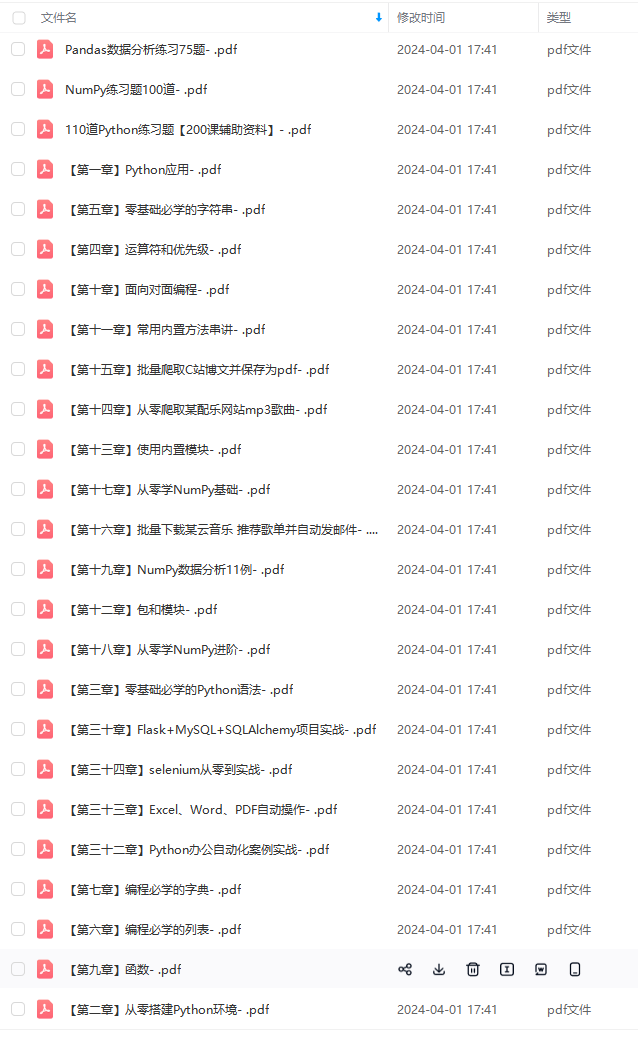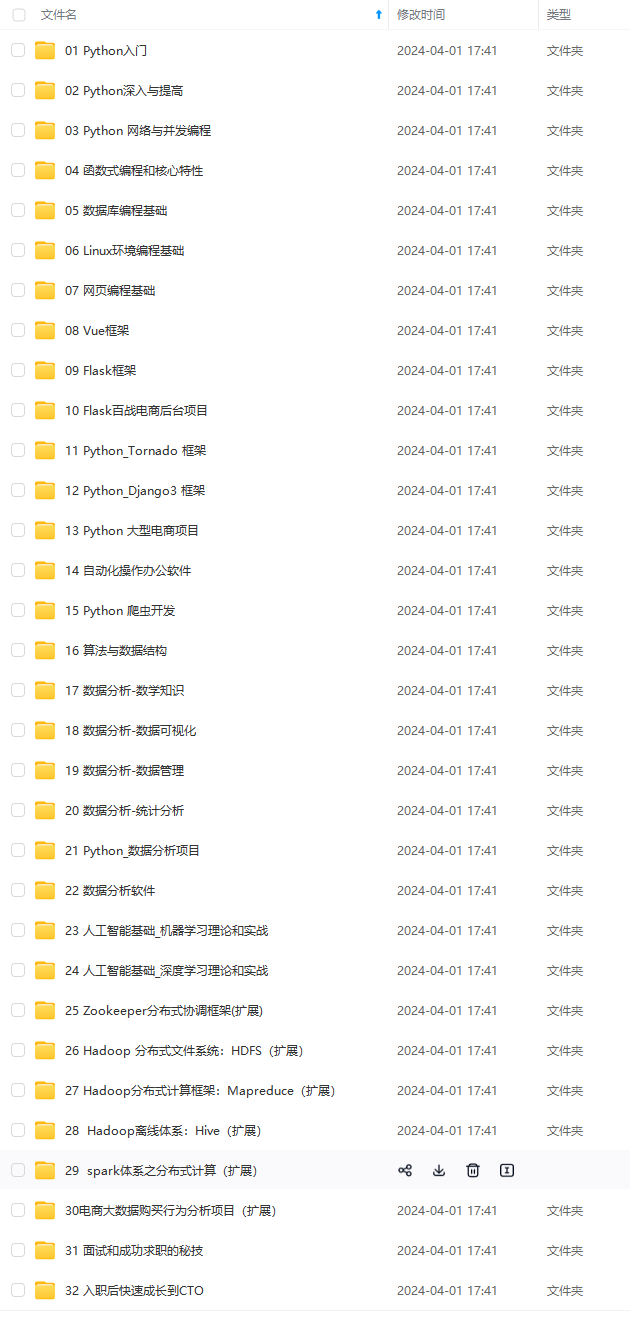Calculate the impurity for each feature
for feature_i in range(n_features):
All values of feature_i
feature_values = np.expand_dims(X[:, feature_i], axis=1)
unique_values = np.unique(feature_values)
Iterate through all unique values of feature column i and
calculate the impurity
for threshold in unique_values:
Divide X and y depending on if the feature value of X at index feature_i
meets the threshold
Xy1, Xy2 = divide_on_feature(Xy, feature_i, threshold)
if len(Xy1) > 0 and len(Xy2) > 0:
Select the y-values of the two sets
y1 = Xy1[:, n_features:]
y2 = Xy2[:, n_features:]
Calculate impurity
impurity = self._impurity_calculation(y, y1, y2)
If this threshold resulted in a higher information gain than previously
recorded save the threshold value and the feature
index
if impurity > largest_impurity:
largest_impurity = impurity
best_criteria = {“feature_i”: feature_i, “threshold”: threshold}
best_sets = {
“leftX”: Xy1[:, :n_features], # X of left subtree
“lefty”: Xy1[:, n_features:], # y of left subtree
“rightX”: Xy2[:, :n_features], # X of right subtree
“righty”: Xy2[:, n_features:] # y of right subtree
}
if largest_impurity > self.min_impurity:
Build subtrees for the right and left branches
true_branch = self._build_tree(best_sets[“leftX”], best_sets[“lefty”], current_depth + 1)
false_branch = self._build_tree(best_sets[“rightX”], best_sets[“righty”], current_depth + 1)
return DecisionNode(feature_i=best_criteria[“feature_i”], threshold=best_criteria[
“threshold”], true_branch=true_branch, false_branch=false_branch)
We’re at leaf => determine value
leaf_value = self._leaf_value_calculation(y)
return DecisionNode(value=leaf_value)
def predict_value(self, x, tree=None):
“”" Do a recursive search down the tree and make a prediction of the data sample by the
value of the leaf that we end up at “”"
if tree is None:
tree = self.root
If we have a value (i.e we’re at a leaf) => return value as the prediction
if tree.value is not None:
return tree.value
Choose the feature that we will test
feature_value = x[tree.feature_i]
Determine if we will follow left or right branch
branch = tree.false_branch
if isinstance(feature_value, int) or isinstance(feature_value, float):
if feature_value >= tree.threshold:
branch = tree.true_branch
elif feature_value == tree.threshold:
branch = tree.true_branch
Test subtree
return self.predict_value(x, branch)
def predict(self, X):
“”" Classify samples one by one and return the set of labels “”"
y_pred = [self.predict_value(sample) for sample in X]
return y_pred
def print_tree(self, tree=None, indent=" "):
“”" Recursively print the decision tree “”"
if not tree:
tree = self.root
If we’re at leaf => print the label
if tree.value is not None:
print (tree.value)
Go deeper down the tree
else:
Print test
print ("%s:%s? " % (tree.feature_i, tree.threshold))
Print the true scenario
print (“%sT->” % (indent), end=“”)
self.print_tree(tree.true_branch, indent + indent)
Print the false scenario
print (“%sF->” % (indent), end=“”)
self.print_tree(tree.false_branch, indent + indent)
class XGBoostRegressionTree(DecisionTree):
“”"
Regression tree for XGBoost
- Reference -
http://xgboost.readthedocs.io/en/latest/model.html
“”"
def _split(self, y):
“”" y contains y_true in left half of the middle column and
y_pred in the right half. Split and return the two matrices “”"
col = int(np.shape(y)[1]/2)
y, y_pred = y[:, :col], y[:, col:]
return y, y_pred
def _gain(self, y, y_pred):
nominator = np.power((y * self.loss.gradient(y, y_pred)).sum(), 2)
denominator = self.loss.hess(y, y_pred).sum()
return 0.5 * (nominator / denominator)
def _gain_by_taylor(self, y, y1, y2):
Split
y, y_pred = self._split(y)
y1, y1_pred = self._split(y1)
y2, y2_pred = self._split(y2)
true_gain = self._gain(y1, y1_pred)
false_gain = self._gain(y2, y2_pred)
gain = self._gain(y, y_pred)
return true_gain + false_gain - gain
def _approximate_update(self, y):
y split into y, y_pred
y, y_pred = self._split(y)
Newton’s Method
gradient = np.sum(y * self.loss.gradient(y, y_pred), axis=0)
hessian = np.sum(self.loss.hess(y, y_pred), axis=0)
update_approximation = gradient / hessian
return update_approximation
def fit(self, X, y):
self._impurity_calculation = self._gain_by_taylor
self._leaf_value_calculation = self._approximate_update
super(XGBoostRegressionTree, self).fit(X, y)
class RegressionTree(DecisionTree):
def _calculate_variance_reduction(self, y, y1, y2):
var_tot = calculate_variance(y)
var_1 = calculate_variance(y1)
var_2 = calculate_variance(y2)
frac_1 = len(y1) / len(y)
frac_2 = len(y2) / len(y)
Calculate the variance reduction
variance_reduction = var_tot - (frac_1 * var_1 + frac_2 * var_2)
return sum(variance_reduction)
def _mean_of_y(self, y):
value = np.mean(y, axis=0)
return value if len(value) > 1 else value[0]
def fit(self, X, y):
self._impurity_calculation = self._calculate_variance_reduction
self._leaf_value_calculation = self._mean_of_y
super(RegressionTree, self).fit(X, y)
class ClassificationTree(DecisionTree):
def _calculate_information_gain(self, y, y1, y2):
Calculate information gain
p = len(y1) / len(y)
entropy = calculate_entropy(y)
info_gain = entropy - p * \
calculate_entropy(y1) - (1 - p) * \
calculate_entropy(y2)
return info_gain
def _majority_vote(self, y):
most_common = None
max_count = 0
for label in np.unique(y):
Count number of occurences of samples with label
count = len(y[y == label])
自我介绍一下,小编13年上海交大毕业,曾经在小公司待过,也去过华为、OPPO等大厂,18年进入阿里一直到现在。
深知大多数Python工程师,想要提升技能,往往是自己摸索成长或者是报班学习,但对于培训机构动则几千的学费,着实压力不小。自己不成体系的自学效果低效又漫长,而且极易碰到天花板技术停滞不前!
因此收集整理了一份《2024年Python开发全套学习资料》,初衷也很简单,就是希望能够帮助到想自学提升又不知道该从何学起的朋友,同时减轻大家的负担。






既有适合小白学习的零基础资料,也有适合3年以上经验的小伙伴深入学习提升的进阶课程,基本涵盖了95%以上前端开发知识点,真正体系化!
由于文件比较大,这里只是将部分目录大纲截图出来,每个节点里面都包含大厂面经、学习笔记、源码讲义、实战项目、讲解视频,并且后续会持续更新
如果你觉得这些内容对你有帮助,可以扫码获取!!!(备注:Python)
saa-1713599915913)]


既有适合小白学习的零基础资料,也有适合3年以上经验的小伙伴深入学习提升的进阶课程,基本涵盖了95%以上前端开发知识点,真正体系化!
由于文件比较大,这里只是将部分目录大纲截图出来,每个节点里面都包含大厂面经、学习笔记、源码讲义、实战项目、讲解视频,并且后续会持续更新
如果你觉得这些内容对你有帮助,可以扫码获取!!!(备注:Python)























 7万+
7万+











 被折叠的 条评论
为什么被折叠?
被折叠的 条评论
为什么被折叠?








